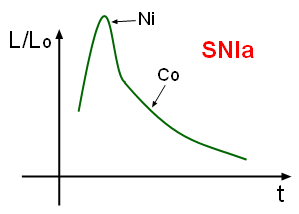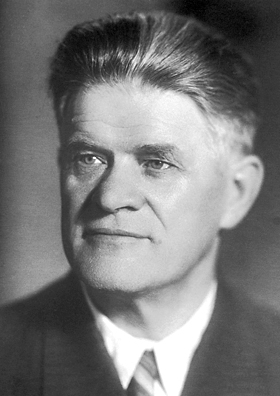Hi, Michael,
Thanks much for the lecture; however, I find that after much thought SR is no longer "strange" but entirely consistent with not only QM, but also GR. However, the latter consistency requires a slightly different perspective. However, I do NOT believe it is a new theory, but rather a clarification. In particular, I think the Feyman "Time Dilation" diagram (as such) is misleading; it really is an "E-K" diagram, with v and c expressed normally in the space-time domain .....
In your lecture, both BETA and GAMMA are expressed in the space-time domain which I believe is responsible for much of the confusion regarding SR. From my perspective, BETA (that is v = (v/c)c = BETA*c is expressed in the space-time domain with motion along the space axis, and time only existing to define velocity (with moving particles tracing out world lines in space-time), but GAMMA (T' = T*GAMMA = T/sqr(1 - (V^2/C^2)) is expressed in the E-K domain (momentum/energy) (where CT and VT' are orthogonal, but indicate a relation between rest and kinetic energy)
That is, In space-time, the "metric" is BETA, and in E-K, the "metric" is GAMMA (in GR, the "metric" is the metric tensor).
So (e.g.), there is no twin paradox. In space-time, two points are required to define a velocity. The first point obtains when Mary passes stationary Bob on her journey along an agreed length x, and the second point obtains when Mary passs Bob on the return trip, at which point their clocks are synchronized, and they agree on Mary's velocity. The four points (two each for Bob and Mary) define Bob's velocity (0) and Mary's (v).
The second order equations are irrelevant, since they refer to E-K (Mary may have an increase mass over Bob, but it is irrelevant in space-time. However, different velocities (including that of c) will define different clocks. (i.e., Bob is on the vertical (stationary) time axis and Mary is on an angled world line, but they leave and meet at identical times, no matter what the velocity - which can either be v(BETA) in space-time or v(GAMMA) in E-K.
Does this make any sense to you? There is much more to be said, but this perspective resolves all the paradox "koans" of SR, and provides a basis for understanding both GR and Quantum Field theory. (e.g., the "time" in the Klein-Gordon equation is T and not t, referring to energy and not time).
(I have written a short (.pdf) paper with diagrams and equations that is an easy read, and I do derive the basic equations based on standard hypotheses, which I will send to you if you like; I would be honored if you would read it.....) If not, if you know of a work that uses the above approach I would like to be directed to it (I can't imagine it wasn't thoroughly vetted in 1905, but in all my reading, I haven't come across it (yet), and I am now 70..

Best Regards,
Chuck






